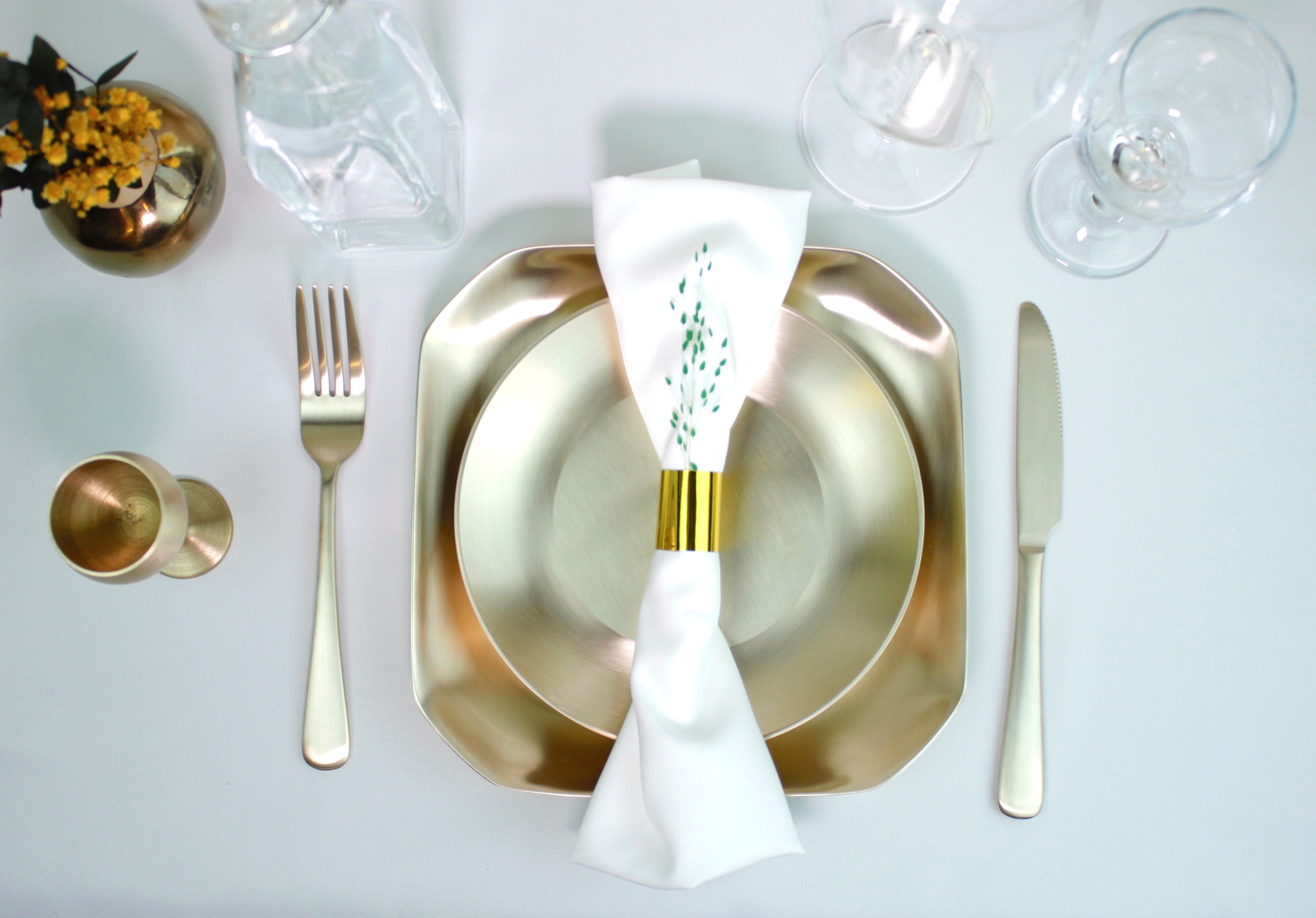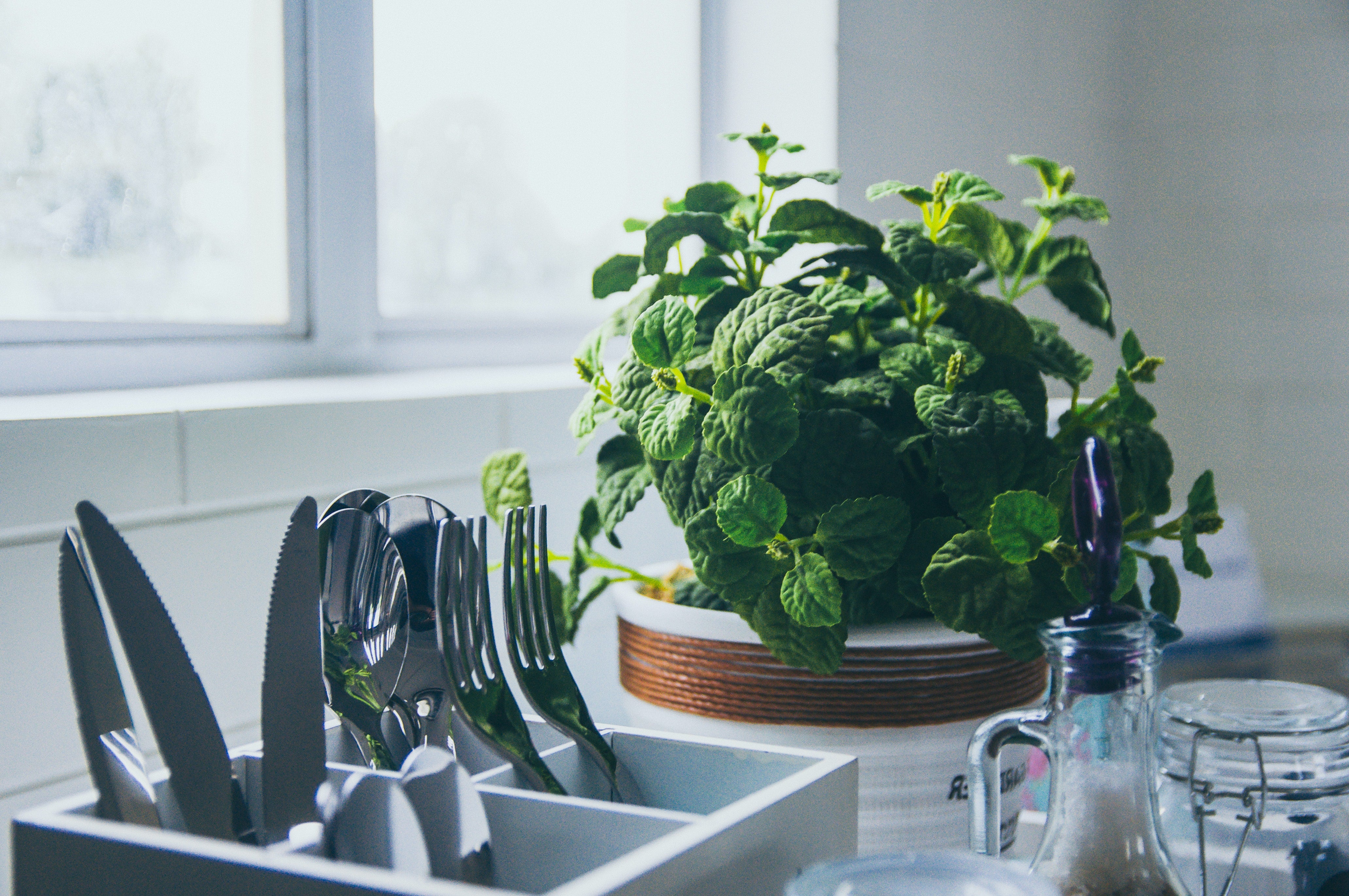
What to Look for in Quality Flatware?

Flatware is one of the first things guests encounter upon entering a restaurant or serving food in home, making its quality a critical component of a positive dining experience. Composition and weight are two important characteristics to assess when selecting the perfect flatware for your establishment.
Similar to the design and atmosphere of your front of house, the flatware on your tables can immediately and profoundly impact your guests' experiences. All that time, energy and money spent creating the perfect menu and layout could be instantly ruined should a patron be greeted with worn, dull, or spotty eating utensils.
Yes, your flatware can leave a lasting impression. That's why you only want the best.
The following tips can help ensure you select high-quality flatware for your restaurant or home, to keep patrons coming back for more:
Start by checking its composition.
Nearly all flatware used in commercial foodservice operations is made of stainless steel for its strength and durability. However, not all stainless steel flatware is the same. Its specific qualities will depend on its composition of chromium and nickel.
Chromium is a metal that adds hardness to flatware, so that it retains its strength and shape over long-term use.
Nickel is a metal that prevents corrosion, so that it doesn't wear down with repeated exposure to water, cleaning substances and food.
There are four common compositions of stainless steel flatware:
- 18/10 Flatware is 18% chromium and 10% nickel. This is considered to be the highest-quality composition. It's also the most expensive. However, in exchange for its premium price, your flatware will retain its shine and shape, for many years to come. 18/10 flatware is a common staple in high-end restaurants.

- 18/8 Flatware is 18% chromium and 8% nickel. This composition is as resistant to corrosion as 18/10 flatware, but it's a good option for operations that want high-quality flatware that will keep its shine reasonably.
- 18/0 Flatware is 18% chromium and 0% nickel. This composition is the favorite option among those on tight budgets, since its affordable price point also makes it easy and inexpensive to replace. However, 18/0 flatware is fairly vulnerable to corrosion and unlikely to keep its shine for very long.
- 13/0 Flatware is 13% chromium and 0% nickel. Of the four common flatware compositions, 13/0 is the least resistant to corrosion. Despite this shortcoming, it does serve as a valuable choice for knives, as its makeup does help maintain sharp edges. Otherwise, it is generally not advisable to use other 13/0 flatware.
Whichever you believe might be best for your needs and budget, be sure potential suppliers list the flatware's composition. Missing information, or only listing the composition of chromium, is a red flag warning you to steer clear.

